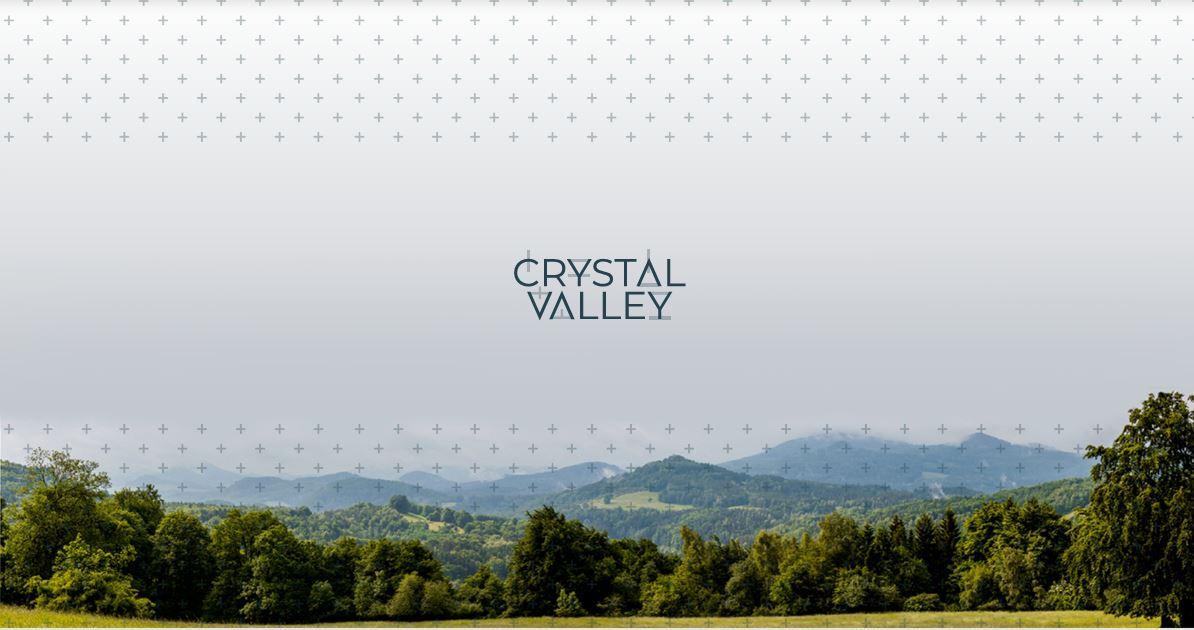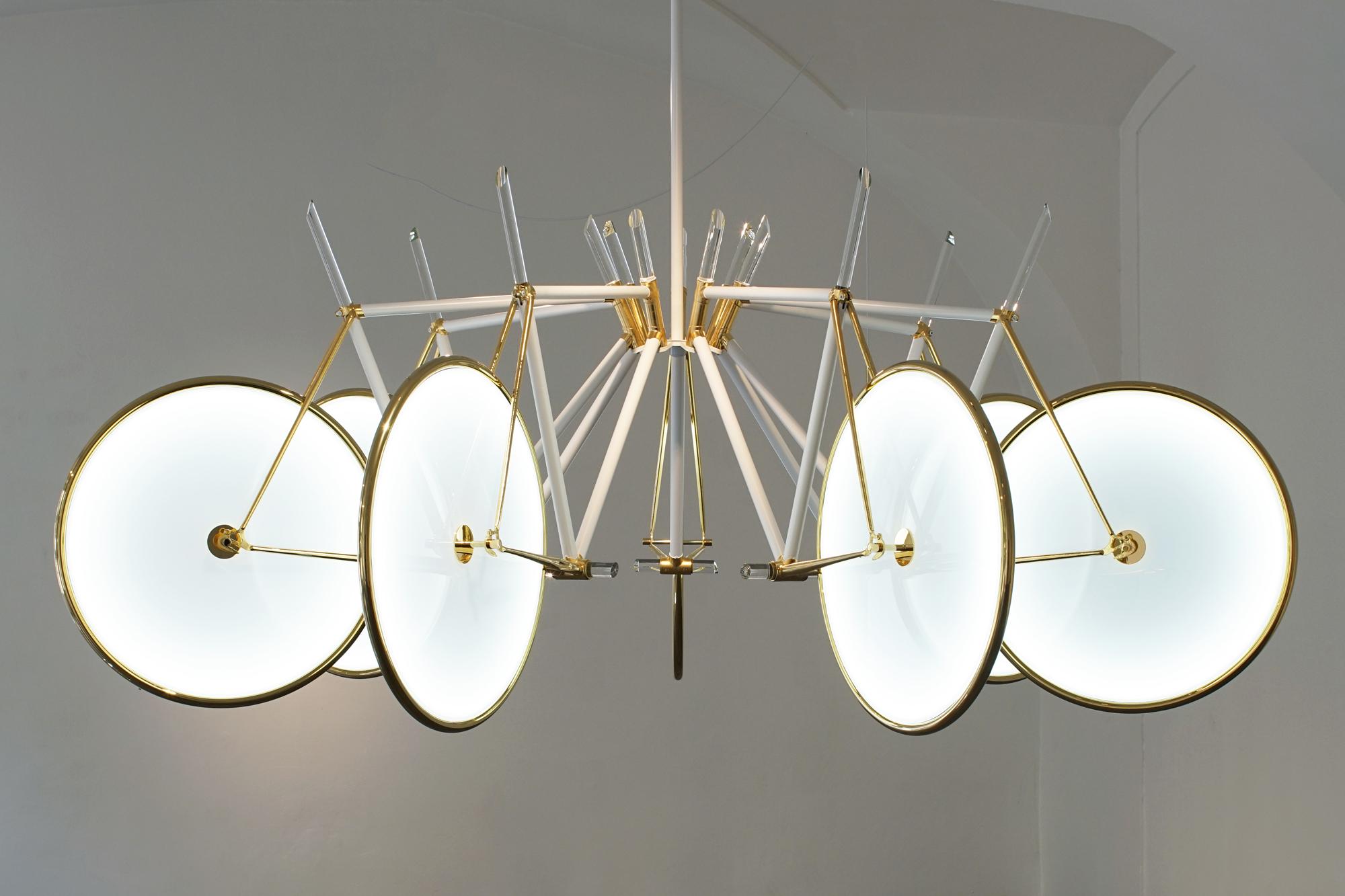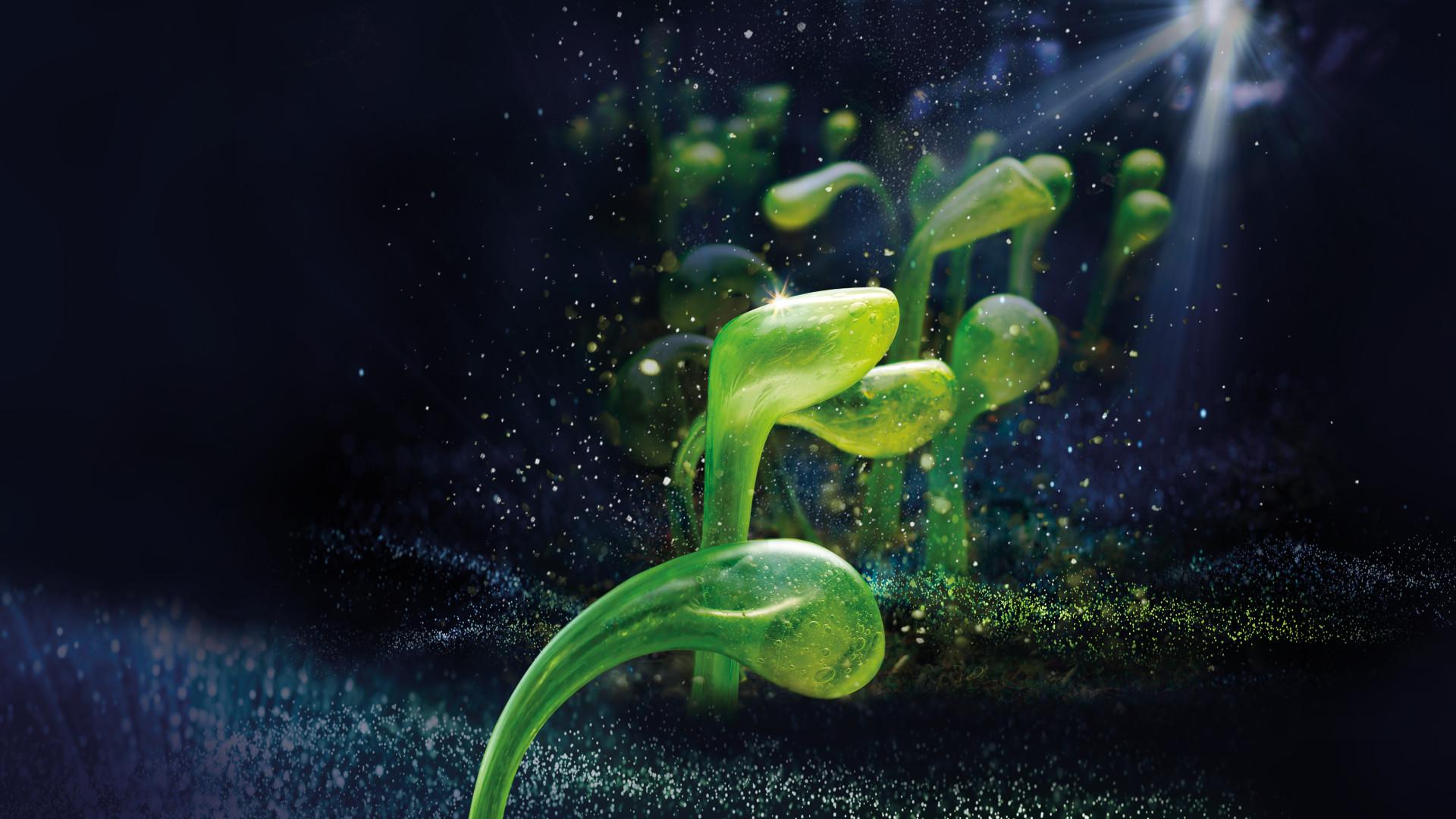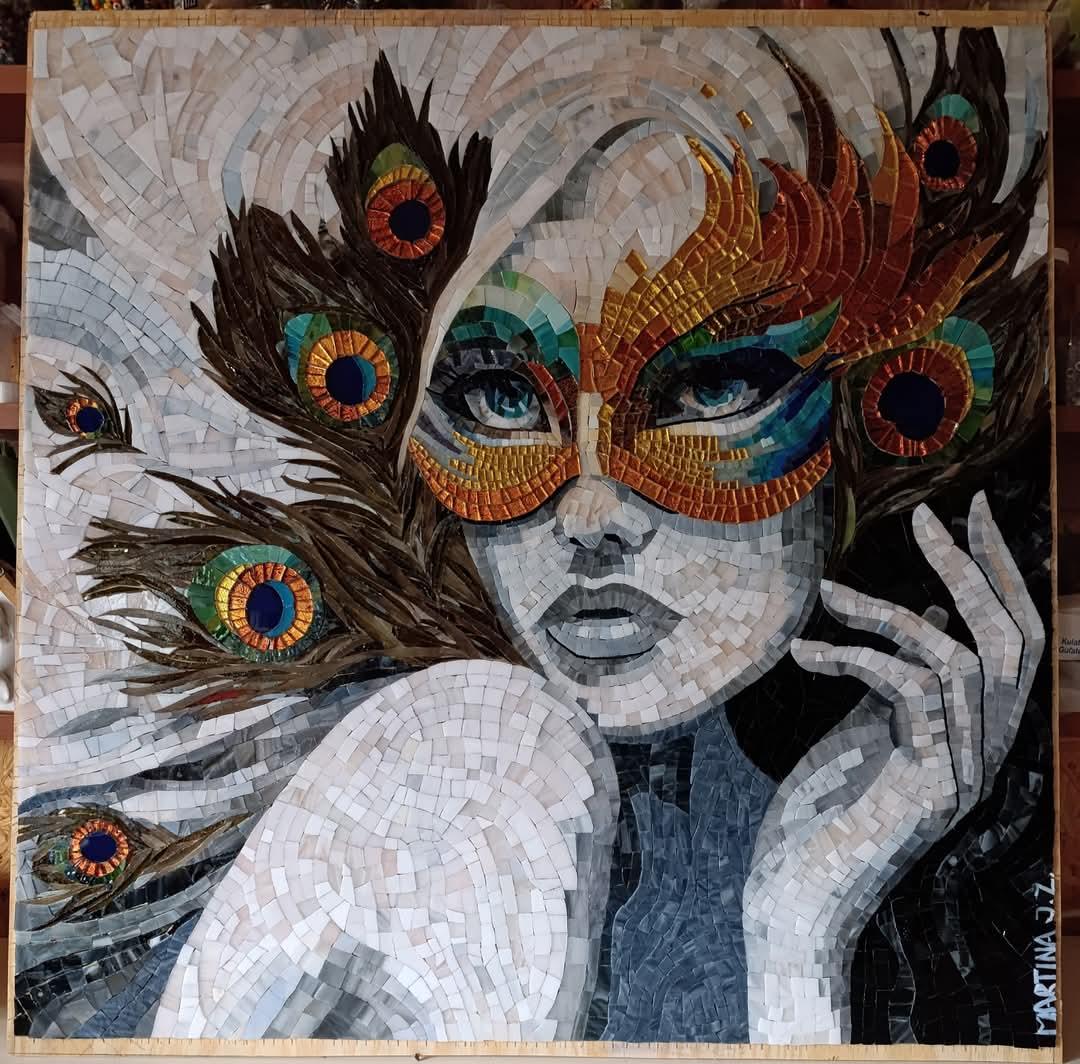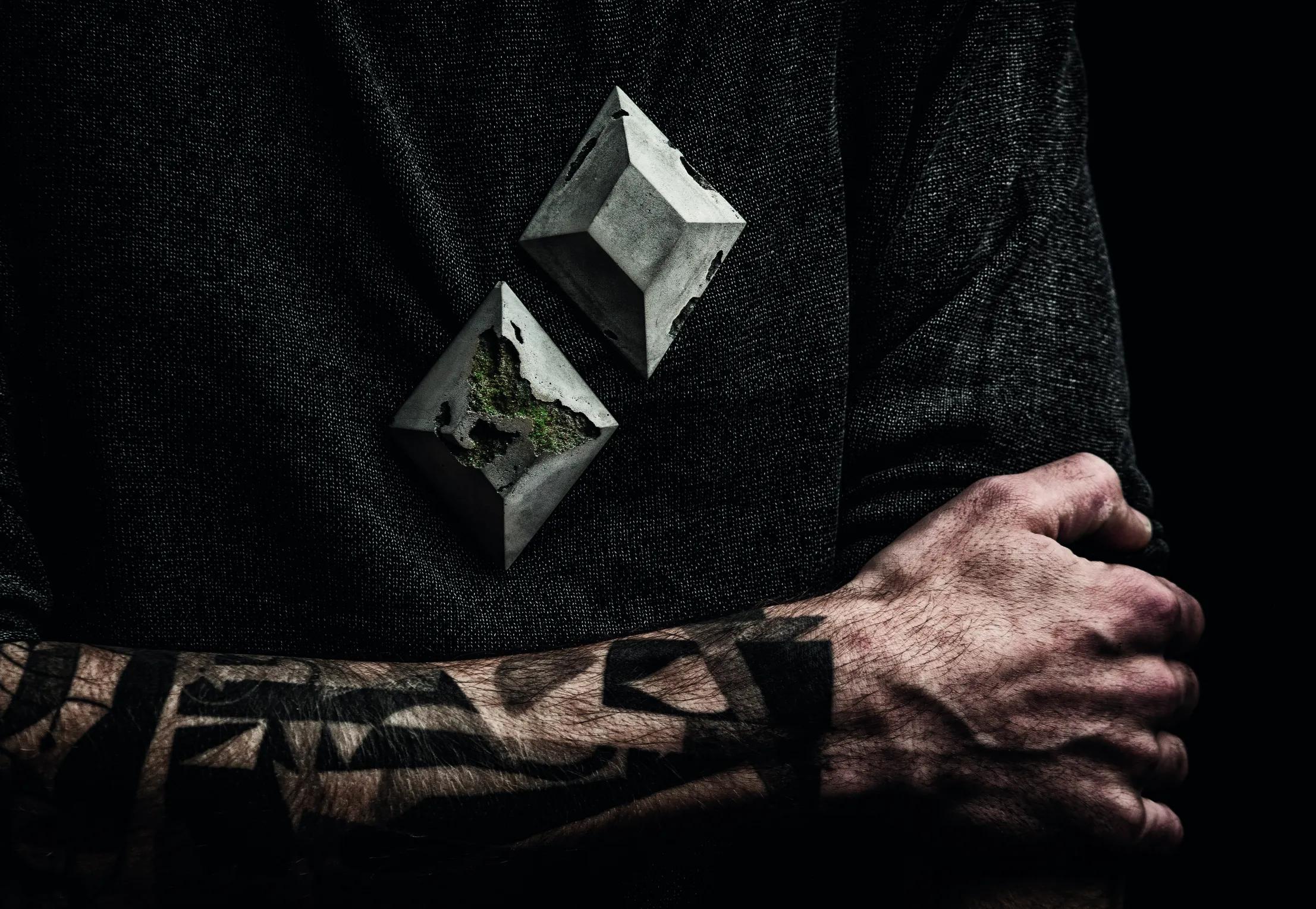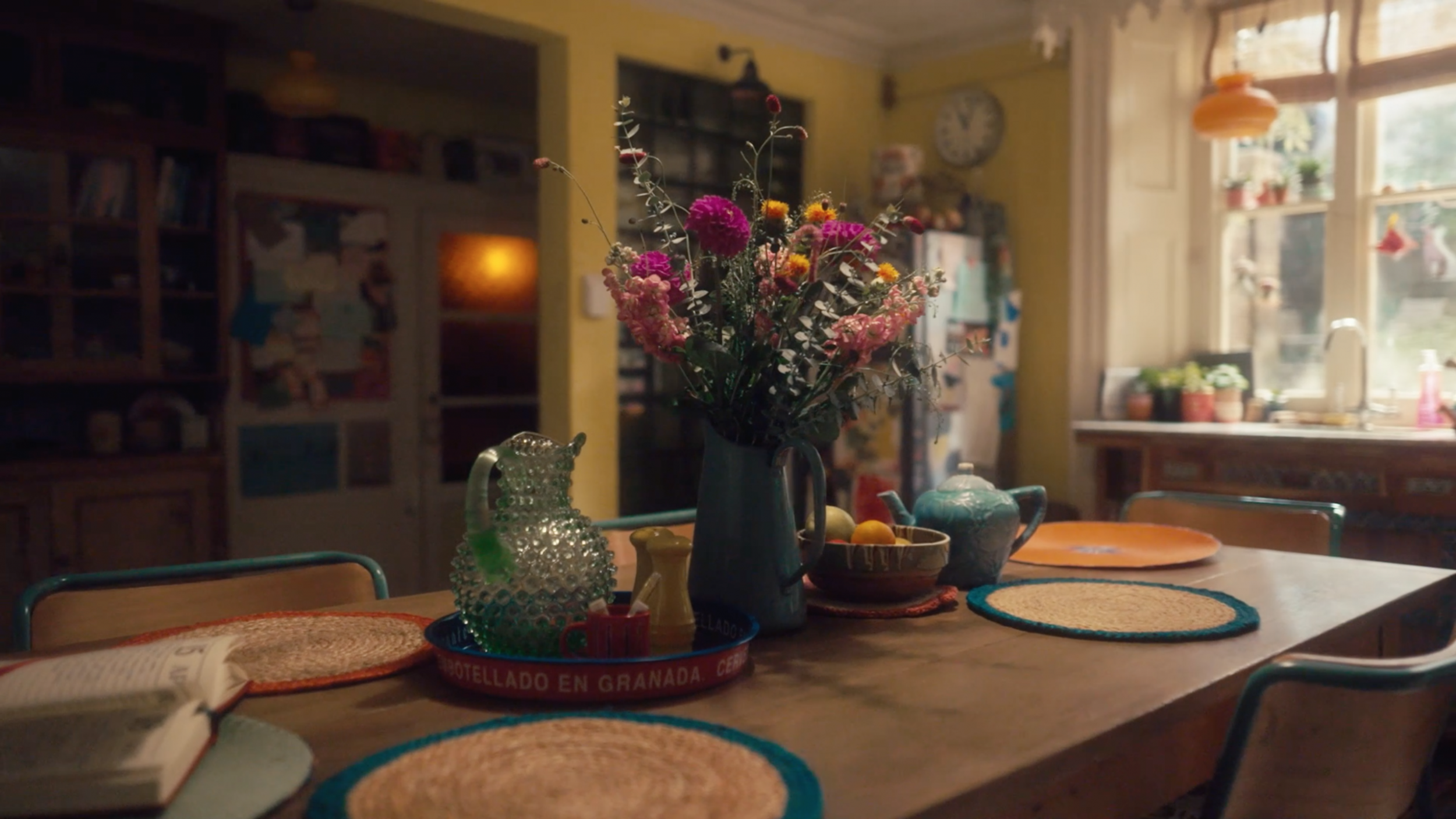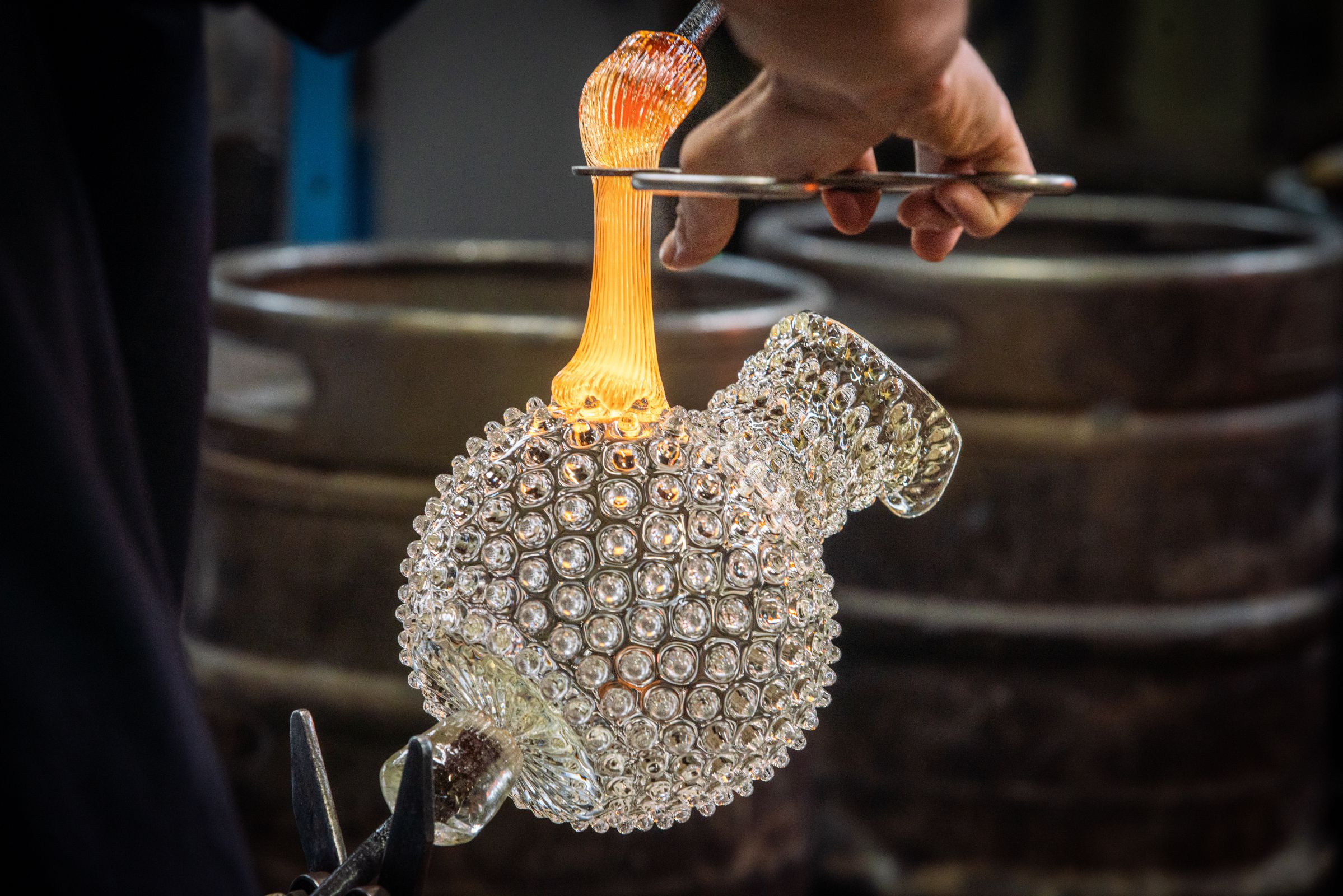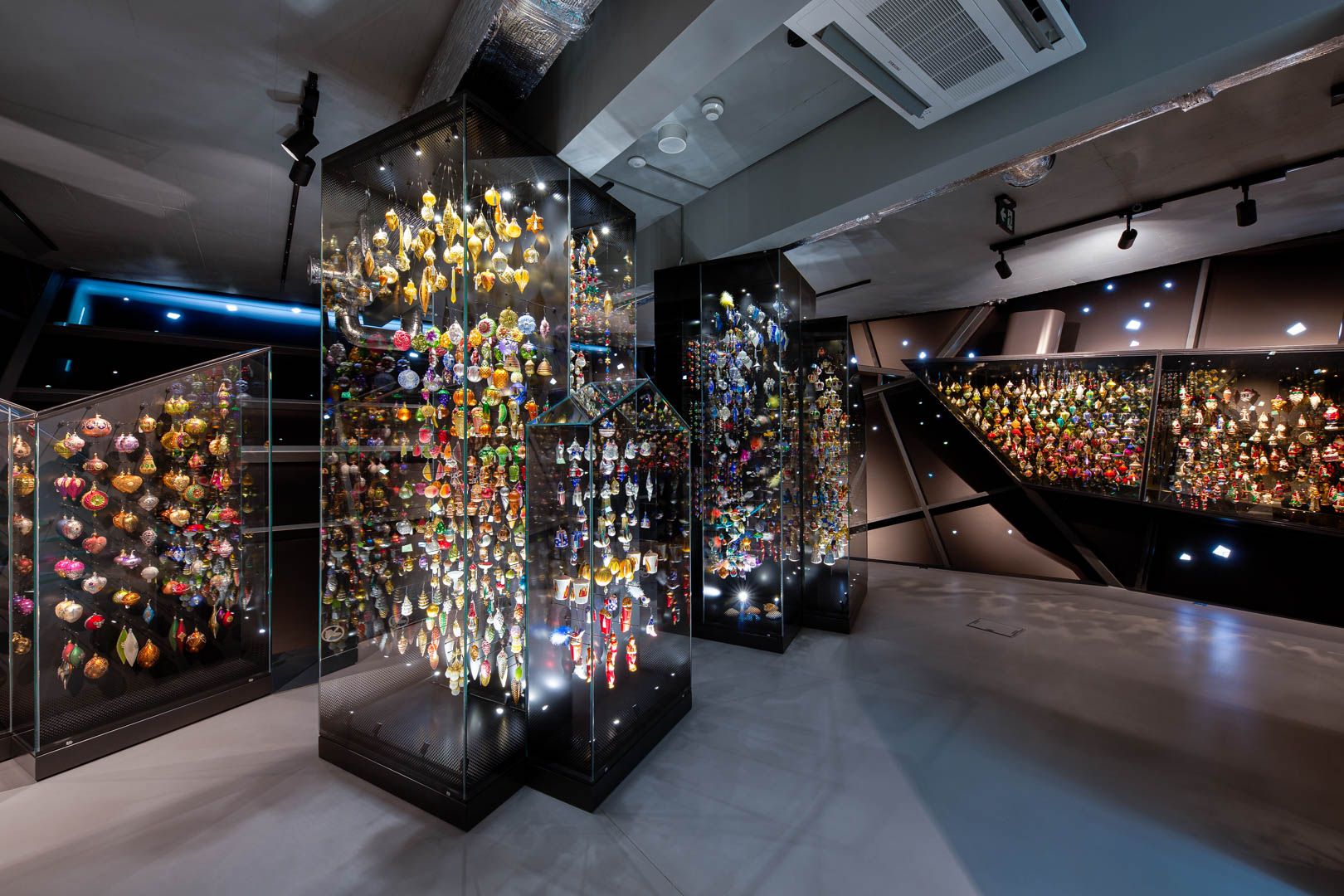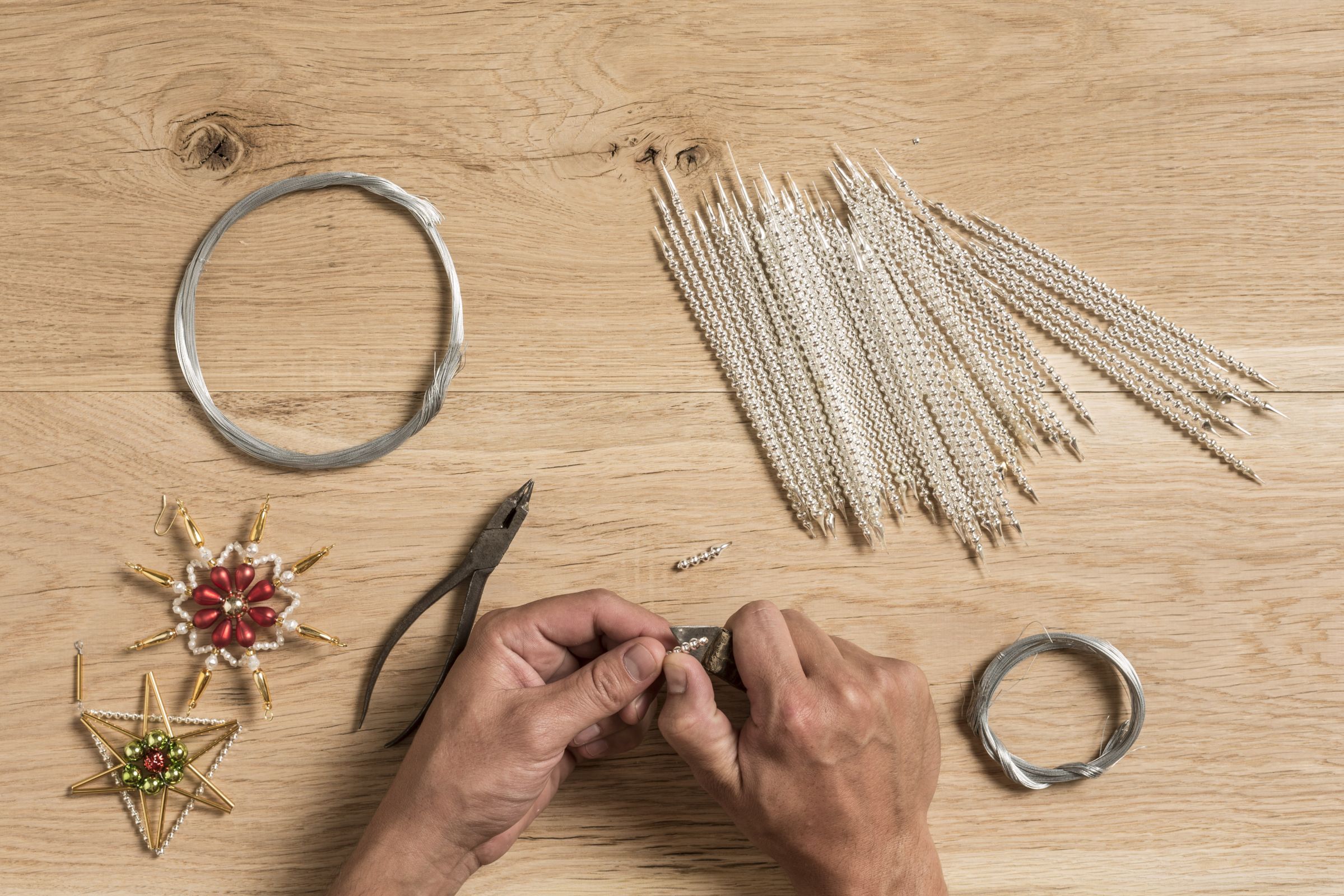Crystal Valley
Crystal Valley
In the second half of the 17th century, crystal-clear glass began to be melted on Czech territory, which by its clarity, radiance and hardness was particularly suitable for engraving and grinding. This glass, known as Bohemian crystal, became a domestic specialty and was so in demand in the world that in the first half of the 18th century Bohemia became the most important exporter of glass in the world.
At the same time, there was a growing interest in glass composite stones, and jewellery made of them, the production of which was dominated by the Venetians. The effort of Turnov grinders to achieve the same results led to industrial espionage. The Fišer brothers spent many years in Venice as glass assistants. After returning home in 1711, they made numerous attempts and successfully melted the first clear, diamond-like, lead composition. The so called “Turnov composition” was born and soon competed with Venetian products.
In 1724, the first chandelier workshop was opened in Prácheň near Kamenický Šenov and Bohemian crystal chandeliers with cut trimmings began to gain significant supporters from the ranks of the highest aristocracy very quickly. Almost overnight they became world-famous when they found their way to the seats of the world's most important rulers - from the French King Louis XV, through the Austrian Empress Maria Theresa to the ruler of the Ottoman Empire, Ottoman III. In addition to Italy and France, Bohemia was one of the most important chandelier production centres in Europe.
The history of glass production in Northern Bohemia consists of many fascinating stories that are now reflected in hundreds of living workshops and in the diversity of glass and jewellery production. Visitors to Crystal Valley can watch the handwork of glassmakers in the glassworks in Lindava or Harrachov, in the Jablonec region, visit pearl mashers and admire the centre of the jewellery industry. Production lines in Nový Bor produce tens of thousands of utility glass daily, and nearby are gigantic lighting objects for the world's most famous hotels, palaces and cruise ships. Delicate and fragile Christmas decorations are born in Poniklá on the slopes of Krkonoše (the Giant Mountains), while jewellery and stone workshops are hidden in the Bohemian Paradise. In Zelezny Brod famous glass figures are made. Most of the production from the Liberec region goes to customers far beyond the borders of the Czech Republic and Europe, but we can admire the art of our masters here.
Glass is the identity and essence of our region which truly belongs here, just like porcelain does to Meissen, whiskey to Scotland or perfumes to Provence. Welcome to Crystal Valley!

